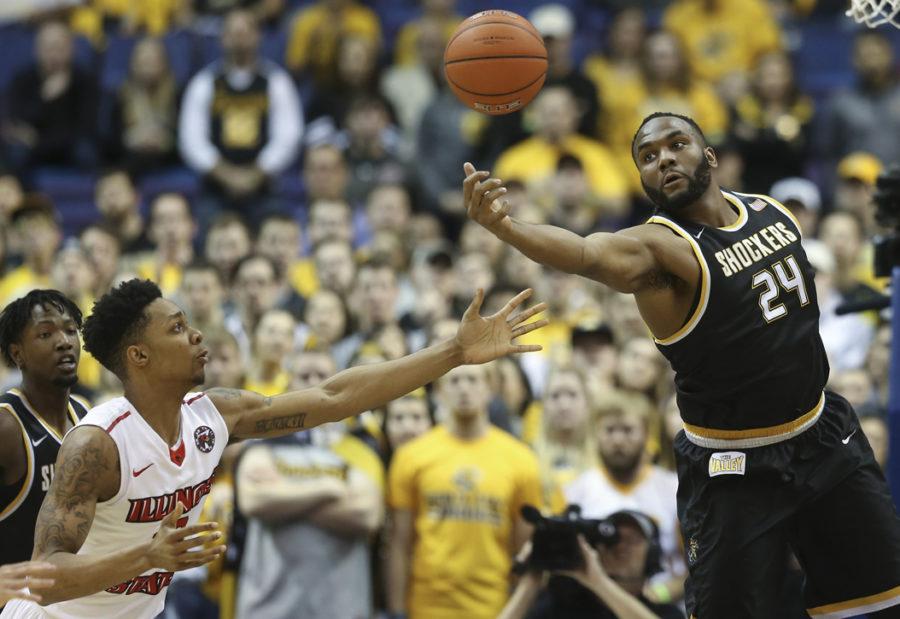Every year, shocking upsets in the NCAA Tournament force college basketball fans to throw their office pool brackets into the trash on the opening days of the tournament.
No. 15 seed Middle Tennessee State eliminated No. 2 seed Michigan State in the first round last year, while No. 15 seed Florida Gulf Coast University beat No. 2 seed Georgetown on its way to the Sweet 16 in 2013. The year before that, a pair of No. 2 seeds fell in the opening round.
We’re still waiting on a No. 16 seed to beat a No. 1 seed, but that’s bound to happen at some point.
The NCAA Tournament has taught us that no matter how long the odds, anything can happen in March. Here are the top-five “sleeper teams” with the potential to exceed expectations and bust some brackets this year.
Wichita State
Since leading the Shockers to the Final Four in 2013, head coach Gregg Marshall has transformed Wichita State into a Missouri Valley Conference powerhouse and perennial tournament contender.
The Shockers boast a very deep and productive team this season, with 10 players on their roster averaging more than 10 minutes per game. Marshall’s use of bench players can help his starters stay fresh late in March.
Wichita State is led by redshirt freshman guard Landry Shamet and sophomore forward Markis McDuffie. Shamet is a hot-shooting point guard who has been efficient from beyond the arc, making 45 percent of his 3-point shots.
McDuffie is an athletic 6-foot-8 forward whose post presence will help the Shockers compete against bigger Power Five teams. McDuffie leads the Shockers in both scoring and rebounding, averaging 11.8 points and 5.7 rebounds per game.
Still, Wichita State only received a No. 10 seed in the South Region and will take on No. 7 seed Dayton in a second round matchup Friday, March 17.
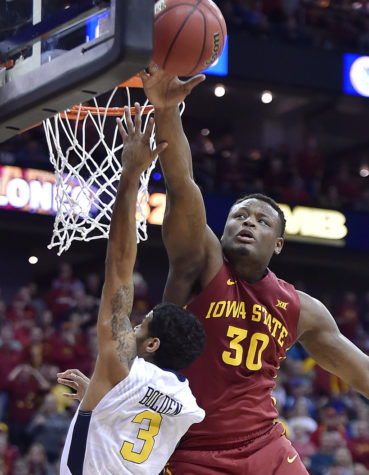
Iowa State
Iowa State is peaking at just the right time.
The Cyclones have won nine out of their last 10 games — including a road win versus No. 1 seed Kansas — en route to defeating West Virginia to win the Big 12 Tournament championship Saturday.
One of Iowa State’s biggest strengths is its 3-point shooting ability. The Cyclones hit 40.2 percent of their shots from downtown, the 14th-best rate in the country.
Most of the team’s scoring comes from its three quick-shooting senior guards. Monte Morris, Naz Mitrou-Long, and Deonte Burton all score at least 15 points per game and hit more than 38 percent of their threes.
Of these three, senior shooting guard Morris is the key for the Cyclones’ Final Four hopes. Averaging 16.3 points and 6.1 assists per game, he excels at scoring both inside and outside but is also adept at finding an open man. If Morris plays well, Iowa State has a great chance of making it past the Sweet 16 for the first time since 2000.
The No. 5 seed Cyclones will face No. 12 seed Nevada in a second-round matchup Thursday, March 16.
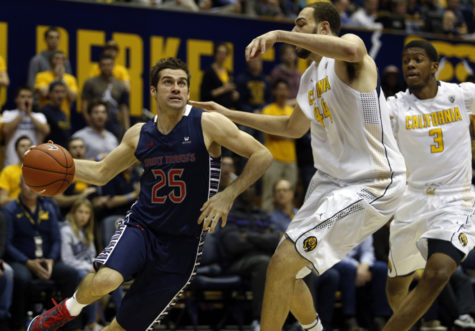
Saint Mary’s
Saint Mary’s may not attract much of a following outside California, but the Gaels have only lost four games all season — and three of those losses came to West Coast Conference rival and No. 1 seed Gonzaga.
With a stifling defense that gives up an average of 56.5 points per game — second-best in the nation — Saint Mary’s is going to be a tough out for anyone in the tournament. At 6-foot-11, center Jock Landale’s rim protection is a big reason for the team’s defensive success.
Landale’s value extends to the offensive end as well as on the glass. The towering Australian averages 16.8 points and 9.3 rebounds per game, and he has the ability to propel the Gaels deep into the tournament.
The Gaels’ offense runs smoothly through senior point guard Joe Rahon, who averages 5.7 assists per game. Junior forward Calvin Hermanson is an efficient perimeter player, scoring 13 points per game while making almost half his shots from the field and 43 percent from 3-point range.
No. 7 seed Saint Mary’s takes on No. 10 seed VCU in second round action Thursday, March 16.
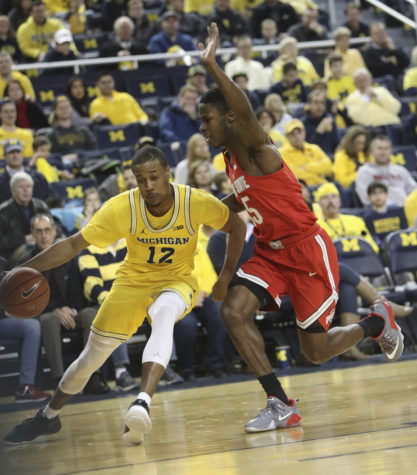
Michigan
Michigan’s path to the Big Ten Tournament, where the Wolverines secured an automatic bid in the NCAA Tournament, was tumultuous.
Facing heavy winds, the team’s plane aborted an attempted takeoff Wednesday on its flight to Washington, D.C. That resulted in the plane skidding off the runway for about 400 yards before coming to a stop — reportedly less than 300 yards away from a ravine.
The Wolverines arrived at the conference tournament a day later without their equipment — which stayed behind on the halted plane — and played in only their practice jerseys.
They cruised past Illinois in the first game, 75-55, then upset No. 13 Purdue in the second round, 74-70. They followed that with an 84-77 win over Minnesota and a 71-56 win over Wisconsin to claim the tournament championship just four days after averting a disaster.
The team’s resolve and ability can be attributed to leadership at the top. Michigan boasts a star point guard in senior Derrick Walton Jr. and a well-respected coach in John Beilein. Walton leads the Wolverines with an average of 15.0 points and 4.6 assists per game. He is an expert 3-point shooter, making 41 percent of his shots from behind the arc.
The Wolverines closed the season by winning eight of their past 10 games, including four straight in the Big Ten Tournament. Momentum is a key factor in March Madness success, and Michigan seems to be clicking at the right time.
No. 7 seed Michigan will play No. 10 seed Oklahoma State in the second round Friday, March 17.
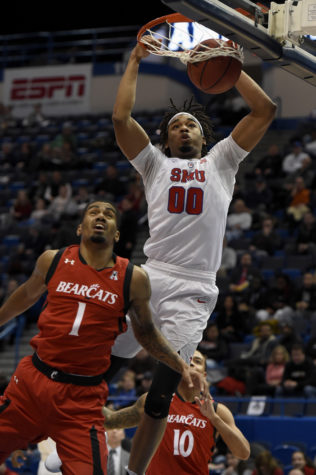
Southern Methodist
Southern Methodist doesn’t play a “traditional” brand of basketball.
Instead, SMU has elected to play a “positionless” game, which has been popularized in recent years by the Golden State Warriors. The Pitt Panthers employed a similar lineup this season, without nearly as much success as the Mustangs.
Positionless teams use five relatively tall, lengthy and athletic players on the floor at the same time, instead of the traditional lineup with bigger centers and forwards and smaller guards. With the team’s top-six minutes leaders all standing between 6-foot-5 and 6-foot-9, SMU’s players are perfectly sized for this style of play.
The unorthodox small-ball style has worked for the Mustangs. SMU’s combination of athleticism and length propelled the team to both the American Athletic Conference’s regular season and tournament championships.
SMU’s star player is junior forward Semi Ojeleye, who transferred from Duke following the 2014-15 season. Ojeleye has turned into the Mustangs’ biggest offensive threat, averaging 18.9 points and 6.7 rebounds per game. His ability to drive to the rim and score from outside make him nearly impossible to guard.
The Mustangs have also excelled on the defensive end. SMU allows only 59.9 points per game, one of three teams giving up less than 60 points per game on the season.
The No. 6 seed Mustangs will play the winner of the first-round matchup between USC and Providence in the second round Friday, March 17.


